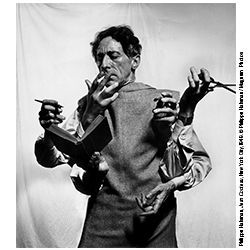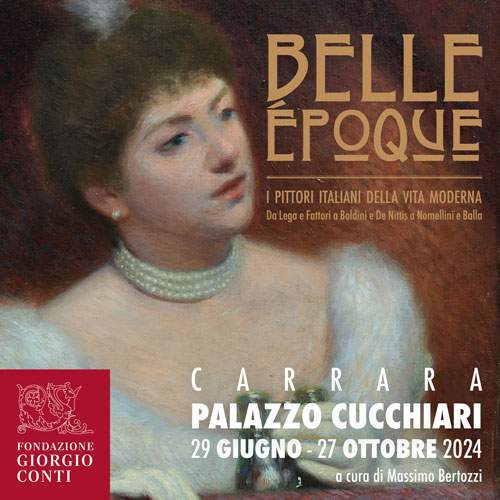Prato, Palazzo Pretorio Museum unveils a display case on the Risorgimento
The Museum of Palazzo Pretorio in Prato has unveiled a new display case housing precious relics from theformer Museum of the Risorgimento, originally set up in the building in the early 1900s. This display represents the conclusion of an extensive expansion project that recently saw the inauguration of the “From the Storerooms to the Museum” room, the “Prato before Prato” section and part of the tactile sensory path. The goal is to make the museum an ambassador of local history and share its rich testimonies with the public.
The new exhibit allows visitors to admire a collection of rifles, sabers, helmets and uniform accessories, many of which were donated by citizens of Prato beginning in the late 19th century, eager to leave a trace of their participation in the Risorgimento epic.
A special section of the display case is dedicated to Adriano Zarini, a soldier and patriot. Among the memorabilia on display are a painting by Tommaso Palloni depicting him on horseback wearing the uniform of a Tuscan Dragoon, a chenille helmet, traveling pistols, and dragoon boots with the initials “A” and “Z” engraved on the pegs of the sole, thus leaving a characteristic imprint on the ground. The exhibition also offers a focus on the period 1848-49, during which many Prato residents participated in the democratic events that culminated in the Tuscan Provisional Government of Guerrazzi, Mazzoni and Montanelli. On display are chiseled helmets of the Civic Guard, epaulettes, decorated sabers and weapons used by the Tuscans in the battles of Curtatone and Montanara, as well as the famous veterans’ medal.
The Museo del Risorgimento, established in the early 20th century (as early as 1912 it is attested in a room on the second floor of Palazzo Pretorio), aimed to educate the people in patriotic ideals and collected donations of mounts, medals, weapons and other memorabilia. Over the years, the collection was enriched by generous donations from citizens and new acquisitions. During Fascism, the museum further expanded its collections, acquiring materials related to the Great War and propaganda of the time. In 1919 the collection was rearranged by Angiolo Badiani, and in 1926 the Museo del Risorgimento was moved to the first mezzanine level, where more recent collections were also placed, growing in number, so that in 1934 there was a new move, to a larger room.
After World War II, and especially after Giuseppe Marchini’s new layout of the Civic Museum (in 1953), many of the memorabilia were relegated to museum storage. With this new exhibition, the Museo di Palazzo Pretorio renews its interest in the Risorgimento epic, celebrating the values of independence and freedom, and offering a privileged view of local events and protagonists. The work of cataloging and reconnaissance of weapons and war materials was carried out in collaboration with the Tuscan Coordination for the Promotion of Risorgimento Values and the ARMORUM Ars Association of Dovadola. Some objects on display were restored by the Textile Museum’s Restoration Laboratory and Jennifer Di Fina.
“With this new section our Civic Museum is further strengthened and gives us a complete picture of the city’s history,” says Mayor Ilaria Bugetti. “Prato played a leading role in the Risorgimento well told by the objects on display in Palazzo Pretorio. Objects donated to the Municipality over the years by the people of Prato themselves who took an active part in this fundamental passage in the history of our country. A new exhibition area that also well represents the high scientific value of the work carried out by director Rita Iacopino and all the staff to enhance the great heritage of our Museum. A point of strength and a source of pride for us city administrators.”
“The complete reconnaissance of the material belonging to the ancient Museum, which required a thorough work of inventory, dating and documentation,” explains Rita Iacopino, director of the Praetorian Palace Museum. , led to the final decision to create a section dedicated to this period, completing the layout of the ground floor of the museum, which tells, through special objects and significant works, the history of the city."
“This exhibition space is one of the few in the region dedicated to the Risorgimento,” recalls Alessandro Minardi, historian and vice president of the Romagna Toscana Committee for the Promotion of Risorgimento Values. “In Palazzo Vecchio there is a room with busts and paintings dedicated to Florence Capital; in Lucca in the Ducal Palace, a museum of the Risorgimento; in Modigliana one dedicated to Don Giovanni Verità and Garibaldi’s trafila in Tuscany. The reopening to the public of a space like this, although small, is therefore a fundamental tool for preserving the memory of the events and personalities that led to the unification of Italy.”
 |
| Prato, Palazzo Pretorio Museum unveils a display case on the Risorgimento |
Warning: the translation into English of the original Italian article was created using automatic tools. We undertake to review all articles, but we do not guarantee the total absence of inaccuracies in the translation due to the program. You can find the original by clicking on the ITA button. If you find any mistake,please contact us.





















